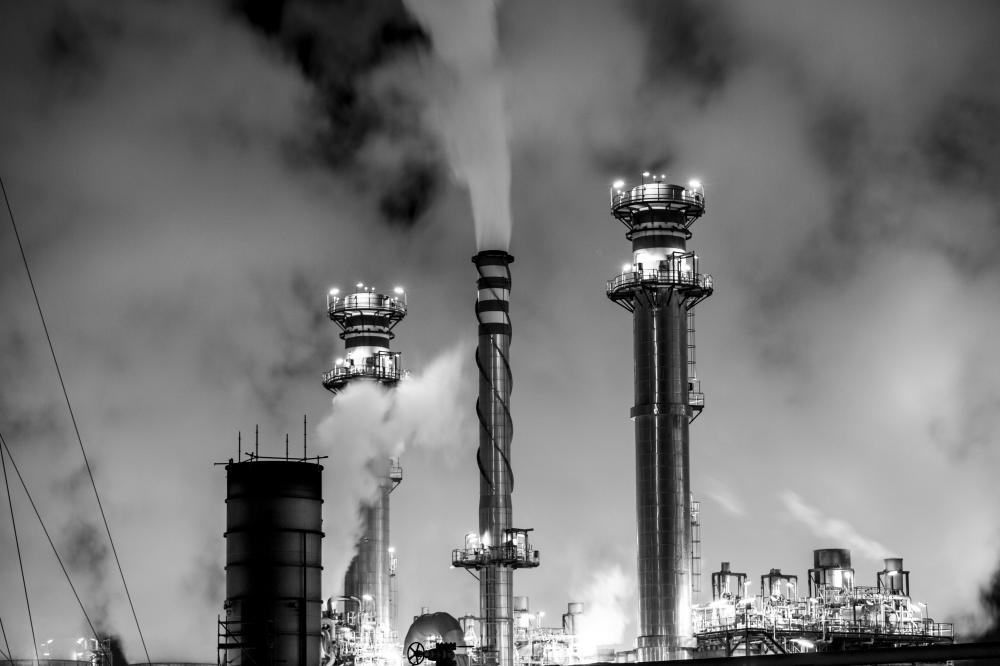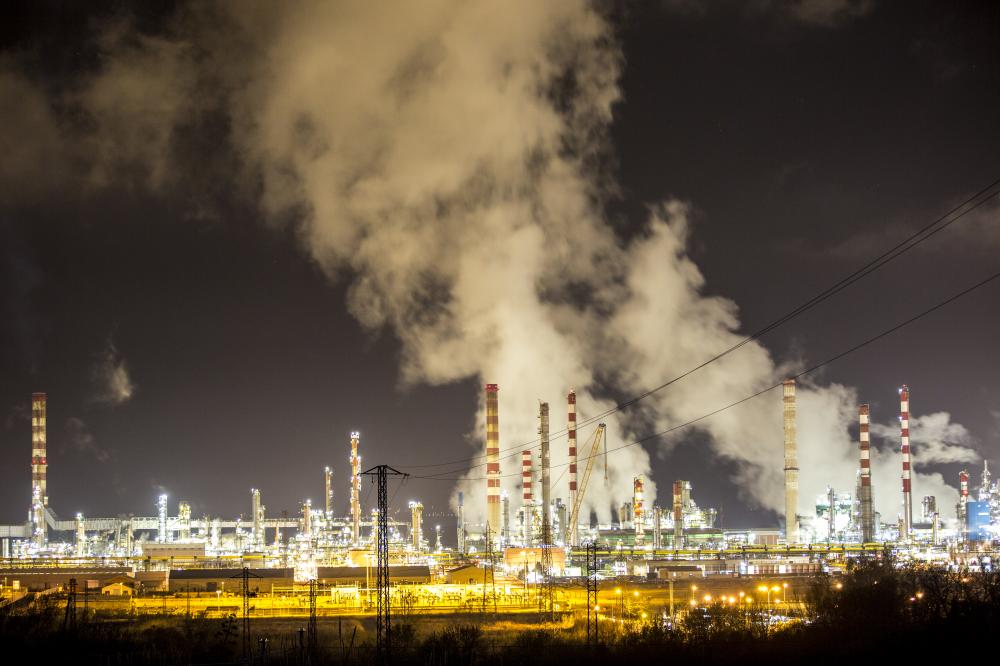Reactor Design

Introduction to Reactor Design
At Research Catalysts, Inc., we immerse ourselves in the complexities and nuances of reactor design, driven by a passion to innovate and solve challenges in both scientific and industrial realms. Reactor design sits at the heart of many processes, transforming raw materials into valuable products through meticulously controlled chemical reactions. It's a field where precision meets creativity, and where every decision impacts efficiency, safety, and environmental sustainability.
Understanding Reactor Types
Diving into the vast ocean of reactor design, one encounters a plethora of reactor types, each with its unique characteristics and applications. Our journey at Research Catalysts, Inc. has led us to explore these varieties in depth, leveraging their specific advantages for tailored solutions.
Batch Reactors
Batch reactors, known for their versatility, serve as the starting point for many experiments and production processes. They offer simplicity in handling various reactions at different conditions without continuous operation. In our experience, they shine in the pharmaceutical industry, where precision and flexibility are paramount.
Continuously Stirred Tank Reactors (CSTR)
The CSTRs, with their capability for steady-state operation, exemplify efficiency in processes requiring uniform product quality. Our practical insights reveal that they are indispensable in industries where product consistency is critical, like in the manufacture of chemicals and food products.
Plug Flow Reactors (PFR)
In scenarios where reaction time and efficiency are of the essence, PFRs stand out. Their design promotes a gradient of reaction conditions, offering superior control over the reaction outcomes. This reactor type is a cornerstone in our endeavors to optimize reaction conditions for our clients.
Core Principles of Reactor Design
Material and Energy Balances
The foundation of reactor design rests on precise material and energy balances. These calculations determine the reactor's ability to meet desired production targets while managing resources efficiently. At Research Catalysts, Inc., we emphasize mastering these balances, enabling us to innovate designs that push the boundaries of efficiency and sustainability.
Kinetics and Reaction Mechanisms
Understanding the kinetics and mechanisms behind reactions is crucial. It guides our design choices, ensuring that reactors not only meet current demands but are also adaptable to future challenges. Our team dives deep into kinetics to tailor reactor designs that optimize reaction rates and yields.
Innovation in Reactor Design
Innovation is the lifeblood of Research Catalysts, Inc. Our approach to reactor design is not just about following established principles but also about rethinking and reshaping them to fit the evolving needs of industries. Whether it's developing new catalysts or integrating novel material technologies, our designs are at the forefront of technological advancements.
Sustainability and Reactor Design
We believe that responsible engineering extends beyond economic and efficiency considerations to encompass environmental sustainability. Our designs aim to minimize waste and energy consumption, reflecting our commitment to a sustainable future. This ethos is woven into every project, ensuring that our innovations contribute positively to both our clients and the planet.
Case Studies and Applications
Our portfolio at Research Catalysts, Inc. showcases a diverse array of reactor design projects, each providing unique insights and learning opportunities. From advancing chemical manufacturing processes to aiding in the development of green energy sources, our work exemplifies the impact of thoughtful reactor design on industry and society.
Pharmaceuticals
In one of our standout projects, we designed a series of batch reactors that significantly improved the production efficiency of a critical medication. This not only elevated our client's production capabilities but also ensured a reliable supply of medicines to those in need.
Petrochemicals
Our work in the petrochemical sector highlights our ability to scale innovative reactor designs that enhance both yield and safety. By optimizing reactor conditions, we've helped clients achieve better throughput and product quality, underlining the economic and practical benefits of our designs.
Collaboration and Customization
At Research Catalysts, Inc., collaboration is key. We work closely with our clients to understand their specific needs, challenges, and goals. This collaborative approach allows us to deliver customized reactor design solutions that precisely meet, and often exceed, their expectations. From initial concept to final implementation, our focus is on creating value through innovation and partnership.
Reactor design is more than just an engineering discipline at Research Catalysts, Inc.; it's a journey of discovery, innovation, and making a difference. Our commitment to excellence, combined with a deep understanding of reactor design principles and a forward-thinking approach, positions us as a leader in the field. Whether you're looking to tackle a specific challenge or explore new frontiers in reactor design, we are here to embark on that journey with you.
- Contact us today to explore how we can enhance your projects with our cutting-edge reactor design solutions.
- Discover the difference that expertise, creativity, and collaboration can make in achieving your objectives.
- Join us in driving innovation and progress in the world of reactor design.

What is a reactor design?
Reactor design is fundamentally about crafting systems where chemical reactions can be carried out efficiently, safely, and in an environmentally sustainable manner. At Research Catalysts, Inc., we see it as an art and a science--whether we're developing a compact batch reactor for a pharmaceutical client or scaling up a continuously stirred tank reactor (CSTR) for a large-scale chemical plant. Each project presents a unique set of challenges and demands a deep understanding of both the chemistry involved and the engineering principles necessary to bring those reactions to life on a practical scale. Imagine a chef perfecting a recipe, but instead of a kitchen, we're in a lab or industrial setting, and instead of delicious food, we're producing valuable chemicals or pharmaceuticals. That's the essence of reactor design.
What are the types of reactor design?
In our explorations at Research Catalysts, Inc., we've encountered a wide array of reactor designs, each suited to different applications and goals. For instance, batch reactors offer unparalleled versatility and are essential in the pharmaceutical industry for producing small, high-value batches of medication. On the other end of the spectrum, continuously stirred tank reactors (CSTRs) provide consistent output essential for the food and chemical industries. Then there are plug flow reactors (PFRs), which are the workhorses for processes where reaction time and efficiency are critical. It's a bit like selecting the right tool for a job--the choice of reactor design hinges on what you're trying to achieve.
What are the factors for reactor design?
Several critical factors shape our design process at Research Catalysts, Inc. Material and energy balances form the bedrock, ensuring that the reaction can proceed at the scale required with optimal efficiency. Then, understanding the kinetics and reaction mechanisms helps us tailor each reactor to maximize yield and minimize waste. We also consider scalability, safety, and sustainability from the get-go. It's a bit like putting together a puzzle, where each piece must fit perfectly to create a complete picture of a well-functioning reactor.
How to design nuclear reactor?
While nuclear reactor design isn't our primary focus at Research Catalysts, Inc., it's a fascinating area that shares some principles with chemical reactor design but operates on a vastly different scale and with different stakes. Safety and sustainability take on even greater importance, given the potential risks involved. Nuclear reactors must be designed to ensure a stable, controlled nuclear reaction, with robust safety systems to manage any unforeseen events. The process involves an intricate balance of physics, engineering, and safety considerations, all aimed at harnessing nuclear energy as efficiently and safely as possible. It's akin to balancing on a tightrope, where precision and caution are paramount.
How does innovation play a role in reactor design at Research Catalysts, Inc.?
At Research Catalysts, Inc., innovation is at the core of what we do. It's not just about utilizing established reactor designs; it's about pushing the boundaries. Sometimes it involves integrating state-of-the-art materials that increase a reactor's efficiency or longevity. Other times, it's about developing entirely new reactor configurations that transform how industries approach certain chemical processes. For example, we've been exploring the use of novel catalysts that can dramatically speed up reactions while lowering energy consumption. It's this relentless pursuit of improvement and efficiency that drives us forward and enables us to offer our clients solutions that are truly cutting-edge.
What role does sustainability play in reactor design at Research Catalysts, Inc.?
Sustainability is not just an add-on; it's a guiding principle in our reactor design process. We believe that responsible engineering involves minimizing waste, reducing energy consumption, and ultimately designing systems that leave a lighter footprint on our planet. This could mean anything from optimizing material and energy balances to minimize resource use to integrating renewable energy sources into reactor operations. In one project, we redesigned a series of batch reactors to use less solvent, greatly reducing hazardous waste. It's efforts like these that reflect our commitment to sustainability--a commitment that's not just good for the environment but also makes economic sense for our clients.
Reactor Design Resources
- National Renewable Energy Laboratory (NREL) - The NREL focuses on renewable energy and sustainable technologies, providing valuable insights into sustainable reactor design solutions.
- Environmental Protection Agency (EPA) - The EPA offers resources on environmental sustainability and regulations that are crucial for incorporating sustainable practices in reactor design.
- American Institute of Chemical Engineers (AIChE) - AIChE provides industry insights, best practices, and research developments in chemical engineering, including reactor design principles.
- ChemEurope - ChemEurope offers a wealth of information on chemical processes, reactor types, and design considerations for chemical engineers.
- Royal Society of Chemistry (RSC) - RSC publications cover a range of topics in chemistry, including reactor design methodologies and innovations in the field.